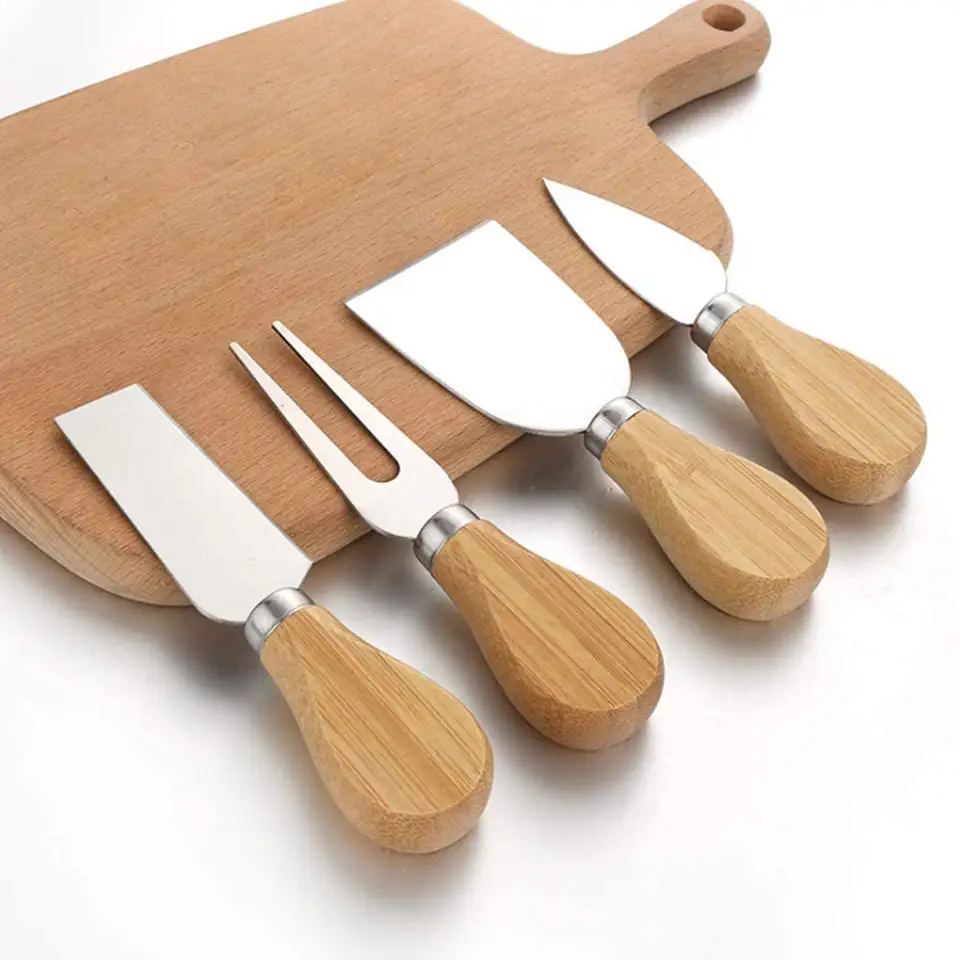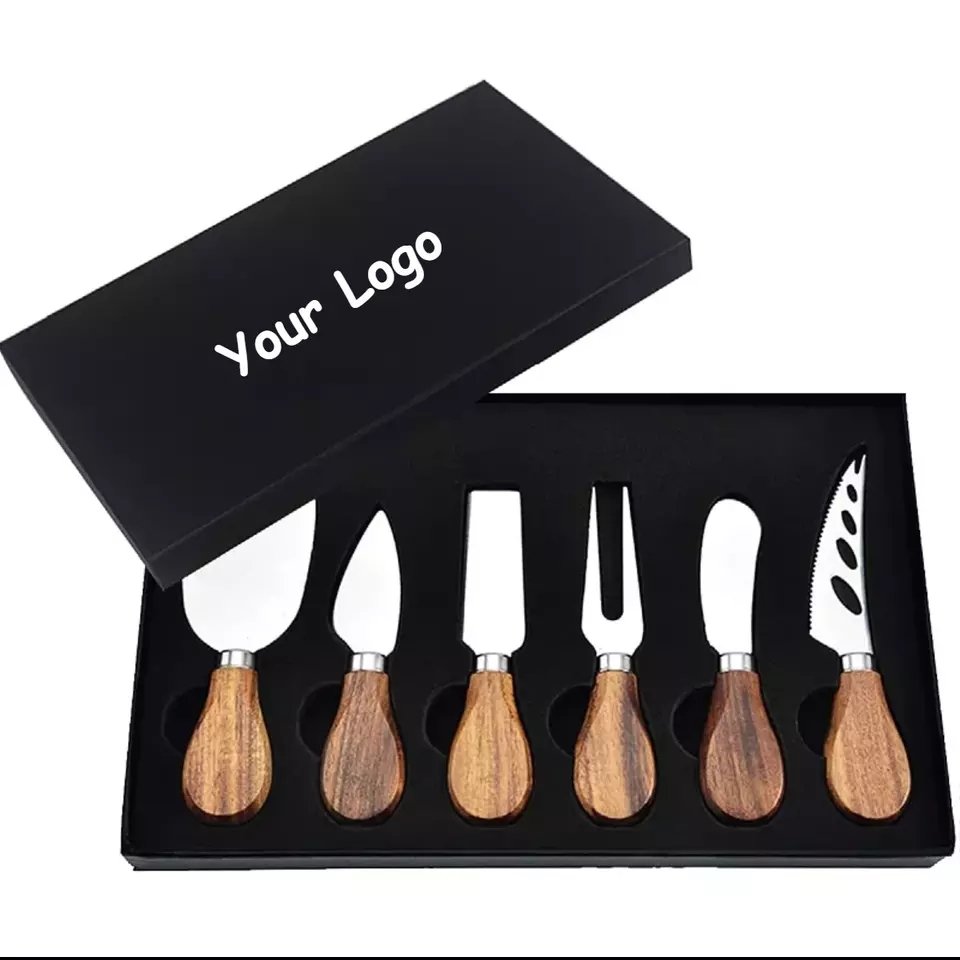Airlines struggle with passenger complaints about uncomfortable dining experiences. Choosing the wrong cutlery can escalate dissatisfaction, hurting reputation.
The best airline cutlery manufacturer combines precision manufacturing, stringent quality control, and customization capability, ensuring durable, elegant, and passenger-friendly designs suitable for airline dining standards.
Selecting the right cutlery manufacturer is critical for maintaining passenger satisfaction and airline reputation. Let’s examine the key considerations closely.
Table of Contents
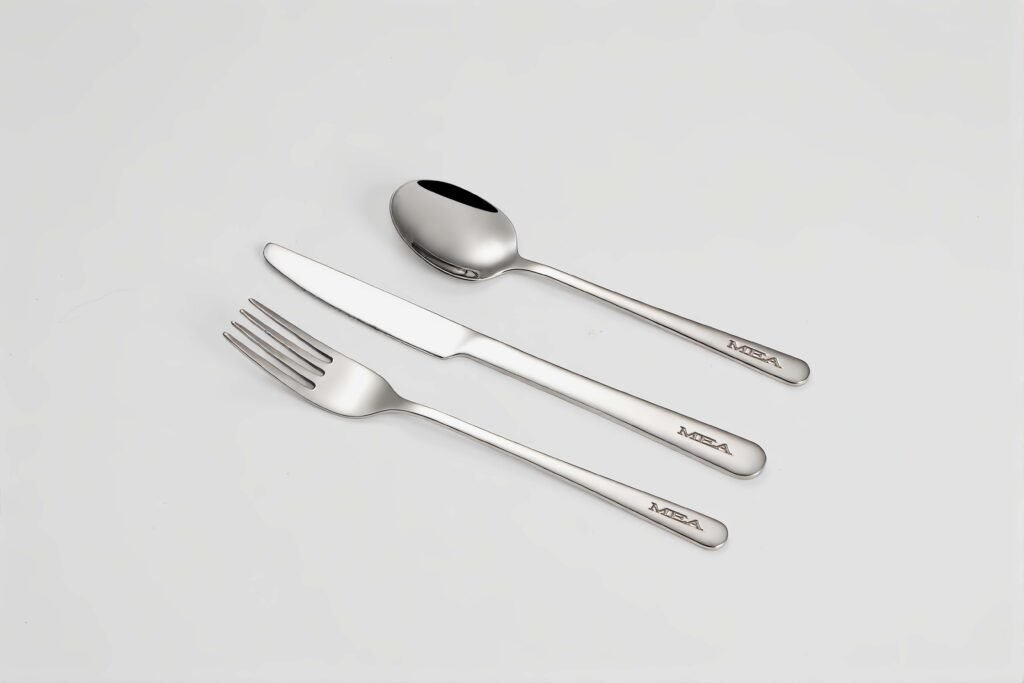
Why Does Airline Cutlery Manufacturing Quality Matter?
Poor-quality airline cutlery frustrates passengers, reducing comfort and leaving negative impressions, risking long-term brand damage.
Airline cutlery quality matters because it impacts passenger experience, safety, airline reputation, and compliance with international aviation dining standards.
The Quality Aspect of Airline Cutlery
Quality isn’t just an abstract idea—it’s foundational. Let’s break down how cutlery quality affects airlines practically.
Safety and Compliance
High-quality airline cutlery complies with strict aviation safety standards, ensuring passenger and crew safety. Non-compliance risks fines and safety violations.
| Aspect | Requirement | Potential Consequences |
|---|---|---|
| Material Safety | Food-grade stainless steel | Health risks, regulatory penalties |
| Ergonomics | Comfortable, passenger-friendly | Passenger complaints, reduced satisfaction |
| Aviation Compliance | Lightweight, durable | Increased operational costs, penalties |
Durability and Cost Efficiency
Durability is vital, as airlines operate hundreds of flights daily. Frequent replacements become costly quickly. Investing in high-quality, durable cutlery initially reduces maintenance expenses.
Consider the example of British Airways, which improved passenger satisfaction by investing in durable stainless steel cutlery. This upfront investment significantly reduced overall operational costs through fewer replacements and higher passenger ratings.
Passenger Experience and Brand Reputation
Passengers perceive airlines based on details. High-quality cutlery subtly communicates professionalism and care, enhancing passenger experience. Poor-quality items detract from overall satisfaction.
An airline that invests in cutlery communicates trustworthiness and commitment to quality. Conversely, cheap, flimsy cutlery can harm brand perception significantly, causing loss of repeat customers.
By understanding these factors clearly, we appreciate why prioritizing quality is vital in airline cutlery manufacturing.
How Does Customization Influence Airline Cutlery Choice?
Airlines seeking differentiation struggle when their dining service lacks uniqueness, diminishing their market competitiveness.
Customization allows airlines to distinguish themselves with unique cutlery designs, enhancing brand identity and passenger experience by aligning closely with brand values and themes.
Customization for Airline Cutlery
Let’s explore customization from critical viewpoints, including practical considerations and strategic brand alignment.
Practical Customization Considerations
When considering customization, airlines need to balance aesthetics and practicality. Customization choices impact production complexity, cost, and passenger perception significantly.
| Customization Element | Practical Impact | Strategic Benefit |
|---|---|---|
| Logo Engraving | Minimal production complexity, cost-effective | Reinforces brand visibility |
| Unique Shapes | Increased mold complexity, higher costs | Differentiation, memorable experience |
| Material Choices | Costs vary widely, impacts weight and safety | Enhances brand prestige |
Airlines such as Qatar Airways successfully implement customization, enhancing passenger loyalty and satisfaction by reflecting their distinctive cultural identity through thoughtfully designed cutlery.

Strategic Brand Alignment
Customized cutlery should reflect brand identity. Airlines must ensure designs communicate their brand’s personality clearly and effectively.
For example, a luxury airline like Emirates uses high-quality, elegantly designed cutlery, effectively reinforcing its brand image of luxury and attention to detail. Conversely, a budget airline might prioritize simple yet durable designs that convey reliability and practicality.
Critical Analysis of Customization Impact
However, excessive customization risks practicality. Balancing between uniqueness and practical operational considerations is critical. Over-customization might lead to complicated cleaning procedures or higher replacement costs, reducing profitability.
Careful and strategic customization achieves uniqueness while keeping operational costs manageable. Thus, airlines must thoughtfully approach customization decisions, aligning closely with their long-term branding and operational goals.
What Should Airlines Look for in a Manufacturing Partner?
Many airlines face delays or quality issues due to unreliable suppliers, causing operational disruptions and customer dissatisfaction.
Airlines must select manufacturing partners with proven experience, robust quality control systems, timely production capacity, and transparent communication channels to ensure reliability and passenger satisfaction.
Choosing a Manufacturing Partner
Selecting a manufacturing partner involves multiple critical factors. Let’s evaluate these thoroughly.
Proven Industry Experience
Experience provides reliability. Manufacturers like those supplying reputable airlines (e.g., British Airways, Qatar Airways) usually offer better reliability, minimizing quality and delivery issues.
| Evaluation Criterion | What to Look For | Importance to Airline |
|---|---|---|
| Client Portfolio | Experience with major airlines | Reduces risks, ensures reliability |
| Project History | Successful large-scale deployments | Confidence in capability |
Robust Quality Control Systems
Robust quality control guarantees consistently high standards. It prevents defects, enhances passenger safety, and maintains airline reputation.
Manufacturers employing rigorous testing procedures (e.g., durability testing, material purity checks) deliver consistently reliable products.
Timely Delivery and Capacity
Lorem ipsum dolor sit amet, consectetur adipiscing elit. Ut elit tellus, luctus nec ullamcorper mattis, pulvinar dapibus leo.
Production capacity ensures timely deliveries, crucial for airlines’ tight schedules. Assess manufacturers’ production scalability, responsiveness to sudden demands, and flexibility in accommodating urgent requirements.
Transparent Communication
Transparent communication ensures smooth operations. Open dialogue helps address issues promptly, minimizing misunderstandings and delays.
Critical Evaluation of Manufacturing Partnerships
Although selecting experienced partners is critical, airlines must verify these claims carefully. For instance, reviewing production facilities firsthand or auditing past project timelines ensures accuracy.
Airlines must balance these evaluations realistically. An overly cautious approach might limit partnership opportunities unnecessarily. A structured, evidence-based selection process is most beneficial, aligning practical capability with strategic alignment.
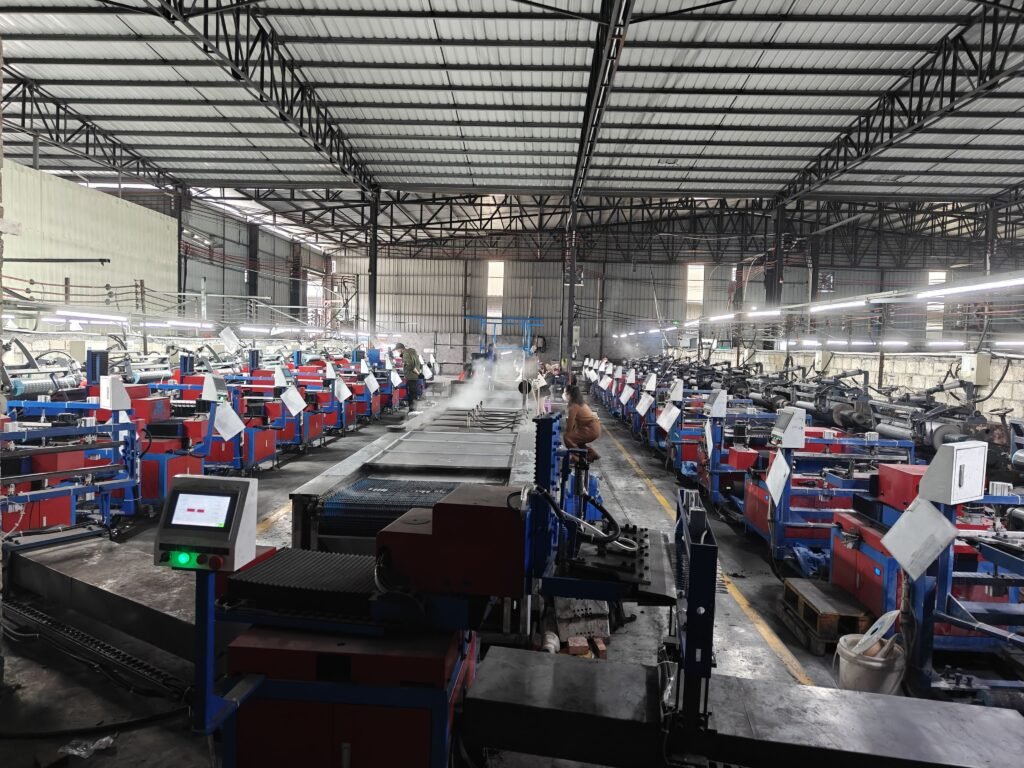
How Important is Material Choice in Airline Cutlery?
Cheap, unsuitable cutlery materials cause airlines headaches with frequent replacements, passenger dissatisfaction, and increased safety risks.
Choosing the right material for airline cutlery ensures durability, passenger safety, ease of maintenance, and enhances passenger comfort, significantly improving airline operations and passenger satisfaction.
Material Selection for Airline Cutlery
Selecting the appropriate material requires understanding multiple factors, including safety, passenger experience, durability, and maintenance considerations.
Common Materials and Their Characteristics
Here is a structured breakdown of typical airline cutlery materials:
| Material | Advantages | Disadvantages | Best Suited For |
|---|---|---|---|
| Stainless Steel | Durable, elegant, hygienic | Heavier, slightly higher cost | Premium and long-haul flights |
| Plastic | Lightweight, cost-effective | Lower durability, environmental concerns | Short-haul, low-budget flights |
| Biodegradable/Bamboo | Eco-friendly, light | Less durable, higher unit cost | Environmentally-conscious airlines |
| Aluminum Alloy | Lightweight, durable, recyclable | Expensive initial investment | Premium eco-conscious airlines |
For instance, airlines like Lufthansa and British Airways use stainless steel for long-haul flights, reinforcing their premium image. Budget airlines frequently opt for high-quality plastics to balance cost and weight.
Safety and Passenger Comfort
Material choice directly impacts passenger safety and comfort. Cutlery must be safe for consumption, free from harmful materials, and comfortable to handle, especially on long flights.
Maintenance and Cost Implications
Airlines must consider the total lifecycle cost. Durable materials, although initially expensive, reduce long-term maintenance and replacement costs. Cheap materials initially save money but often result in higher operational expenses due to frequent replacements.
Critical Analysis of Material Choices
While airlines might prefer cost-effective materials, this can backfire if passengers feel uncomfortable or dissatisfied. It’s essential to weigh immediate cost savings against potential brand and financial impacts of lower-quality materials. Striking the right balance through thoughtful evaluation and long-term planning is crucial.
Is Sustainability Important for Airline Cutlery Manufacturers?
Airlines face pressure from eco-conscious passengers and regulators demanding sustainable operations, risking brand reputation and market share if ignored.
Sustainability in airline cutlery manufacturing is critical, enabling airlines to meet regulatory standards, attract environmentally conscious passengers, and improve brand perception, driving long-term profitability and environmental responsibility.
Sustainability for Airline Cutlery
Sustainability isn’t merely a trend; it’s becoming an operational necessity. Airlines and manufacturers alike face increased scrutiny on sustainability practices.
Benefits of Sustainable Airline Cutlery
The advantages of sustainable airline cutlery include:
| Benefit | Explanation | Impact for Airlines |
|---|---|---|
| Environmental Responsibility | Reduces waste, enhances brand reputation | Improved customer loyalty, reduced fines |
| Regulatory Compliance | Aligns with international environmental regulations | Avoidance of legal penalties, improved market access |
| Cost Savings | Durable reusable products reduce long-term costs | Improved profitability, lower operational expenses |
Airlines like Air France and Delta have adopted biodegradable cutlery, significantly improving their environmental footprint and customer perception.
Challenges and Solutions
Sustainability can initially be costly and operationally challenging due to higher material costs and logistical complexities.
However, partnering with manufacturers who specialize in eco-friendly products or adopting reusable high-quality materials mitigates these issues effectively. Sustainable solutions also often attract premium passengers willing to pay more for environmentally responsible travel.
Critical Analysis of Sustainability
While sustainability is advantageous, the higher upfront costs and operational challenges cannot be ignored. Airlines must critically analyze their target markets to ensure investments in sustainability align with passenger expectations and financial realities, achieving a sustainable competitive advantage.
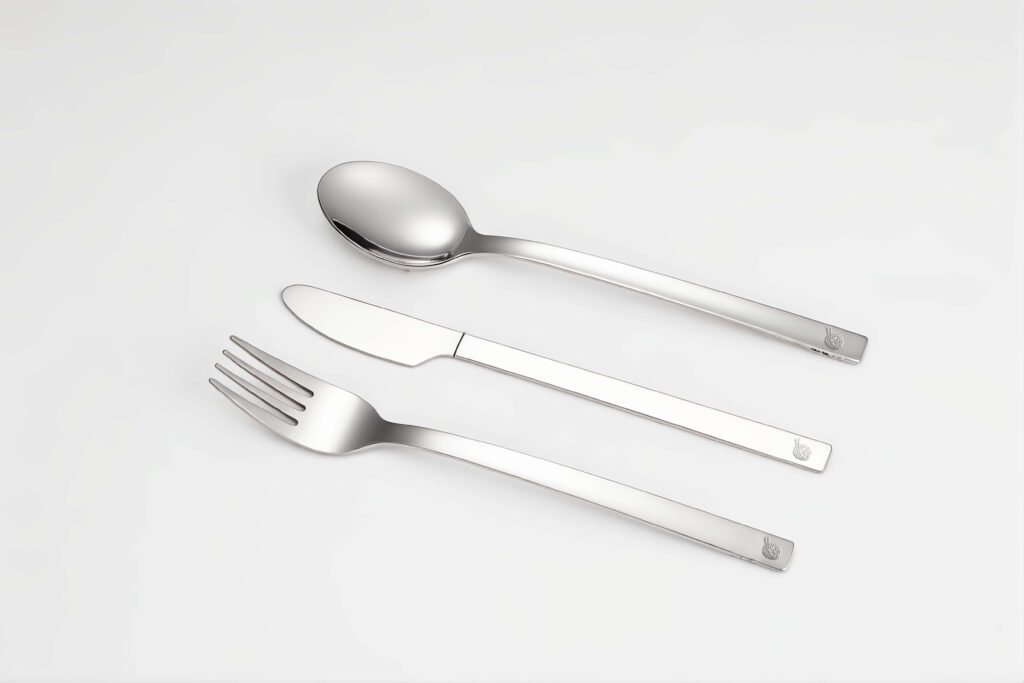
How Does Design Impact Airline Cutlery Selection?
Poorly designed cutlery irritates passengers, detracts from dining comfort, and negatively impacts airline reputation.
Thoughtful cutlery design significantly enhances passenger dining experiences, supports ergonomic handling, reflects airline branding, and optimizes weight and durability requirements essential for effective airline operations.
Importance of Cutlery Design
Cutlery design directly influences passenger comfort and operational efficiency. Let’s critically analyze various design elements and their implications.
Ergonomics and User Experience
Effective design addresses passenger comfort. Ergonomic handles and balanced weights provide passengers with a positive dining experience, reducing discomfort on long flights.
| Design Element | Ergonomic Benefit | Passenger Impact |
|---|---|---|
| Handle Shape | Comfortable grip, reduces hand fatigue | Enhanced comfort and satisfaction |
| Weight Distribution | Balanced handling experience | Easier usage, fewer passenger complaints |
Branding and Visual Appeal
Design directly influences brand perception. Elegant, visually appealing cutlery reinforces airline identity, differentiating carriers within competitive markets.
Emirates Airlines, for example, uses cutlery with sleek, sophisticated designs to match their luxurious service reputation.
Practical Considerations
Practical design considers storage, durability, and ease of cleaning, critical for airline efficiency. Designs should accommodate stackability, efficient space utilization, and quick cleaning between flights.
Critical Analysis of Design Choices
While aesthetics and branding are important, over-emphasis on these can compromise practicality and operational efficiency. Airlines must strike a balance between visual appeal, ergonomics, and practical considerations to optimize passenger experience without undermining operational effectiveness.

What Role Does Innovation Play in Airline Cutlery Manufacturing?
Airlines lagging in innovation risk becoming obsolete, facing higher operational costs, and decreased passenger loyalty.
Innovation in airline cutlery manufacturing allows airlines to leverage new materials, improved ergonomics, and sustainability, creating distinct competitive advantages through enhanced passenger satisfaction and operational efficiency.
Innovation in Airline Cutlery
Innovation significantly transforms airline cutlery manufacturing, presenting both opportunities and challenges.
Innovative Trends in Airline Cutlery
Some impactful innovations include:
| Innovation Trend | Description | Benefit for Airlines |
|---|---|---|
| Lightweight Materials | Advanced alloys and polymers reducing weight | Reduced fuel consumption and operational costs |
| Smart Cutlery | Integration of RFID or smart materials | Better inventory management, reduced losses |
| Sustainable Innovations | Recyclable, biodegradable materials | Regulatory compliance, brand improvement |
Airlines like Lufthansa and Qantas have integrated innovative lightweight materials, significantly reducing costs and enhancing efficiency.
Challenges and Risks of Innovation
Innovation isn’t risk-free. New materials or technologies might have unforeseen operational impacts, increasing complexity and cost if improperly implemented.
To minimize these risks, airlines must rigorously test innovations through pilot programs before broader implementation, ensuring compatibility with operational practices.
Critical Analysis of Innovation in Airline Cutlery
Innovation provides substantial benefits but demands careful consideration and testing. Airlines must ensure innovations align closely with operational realities, passenger expectations, and long-term strategic goals. Blindly chasing innovation can result in unnecessary costs, while strategic implementation positions airlines as market leaders effectively.
Selecting an airline cutlery manufacturer is crucial—prioritize quality, customization, experience, and robust partnerships to enhance passenger satisfaction and operational efficiency effectively.



